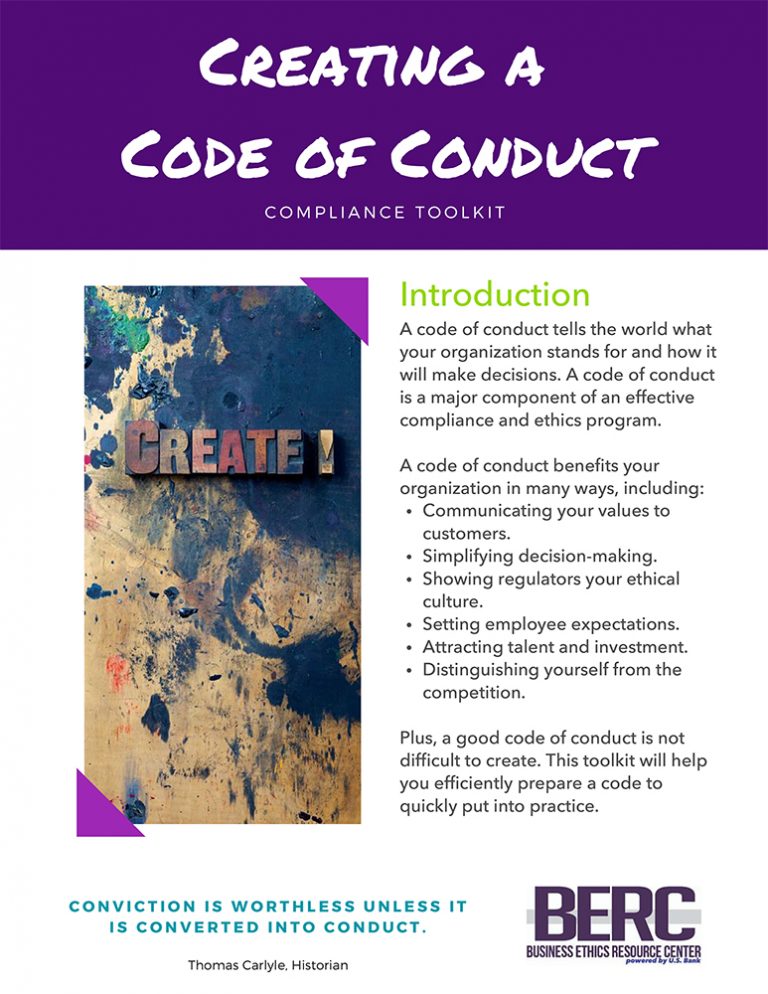
Don’t underestimate this group’s power as a vocal force for transparency and change.
Over the past few years, household-name companies have experienced employee petitions, strikes, and walkouts over a range of issues, including strategic investments and partnerships, sexual harassment, immigration, and pay and benefits for contract workers.
For companies accustomed to thinking about stakeholder engagement as an external-facing exercise, the strength and speed of staff unrest has come as a stunning development. In April, BSR updated its popular 2011 report, “Five-Step Approach to Stakeholder Engagement,” to reflect developments in the sustainability and human rights fields over the past eight years. One of the most significant trends that BSR is tracking is the emergence of employees as a newly empowered and vocal stakeholder group with an unprecedented ability to impact a company’s strategy and reputation.
Much of the analysis of employee activism has viewed it exclusively as a phenomenon driven by workers in the technology sector. Technology workers are often (though not always) highly skilled, and questions of technological advancement are inherently inseparable from those of political and social identity. The utopian culture that prevails in Silicon Valley also makes corporate values a matter of profound importance to tech employees.
It would nonetheless be a big mistake for companies in other industries to overlook the potential for employee activism within their own staff. Strikes and protests have affected consumer products giants like Nike and McDonald’s, as well as companies with gig economy business models such as Uber Technologies.
Companies in all sectors need to start regarding employees as their most significant interest group.
Transparency alters the balance of power
By some measures, corporate power seems to be at an all-time high in the United States. Although the labor market is tight, the regulatory environment is becoming more permissive, recent taxation changes have been advantageous, and employee leverage seems to face long-term threats from automation and gig economy jobs. However, these tendencies have been no match for the ongoing transparency transformation.
Since WikiLeaks and the Panama Papers leak demonstrated how powerful spills of confidential information into the public domain can be, employees have embraced a whistleblowing model in which disclosing concerns to the public seems far more effective than a call to the internal ethics hotline.
Companies in all sectors need to start regarding employees as their most significant interest group.
Confidential emails are frequently making their way into the hands of investigative journalists, as are internal employee petitions. Shareholders questioning companies’ environment, social, and corporate governance (ESG) performance and pressing for improvements know that insider data can be a powerful weapon.
Non-disclosure agreements and other legal mechanisms have proved insufficient to repress these tactics, meaning that companies can no longer reliably maintain control of their reputations via public relations and marketing efforts. Companies are being compelled to behave as if any aspect of internal decision-making might become public knowledge at any time.
This is about values, not just employee self-interest
Employee engagement surveys tend to focus on pay, benefits, and working conditions. But today’s employees are focused on more than self-interest—they are speaking out on questions that relate to company values and investment decisions, and they are calling out hypocrisy when and where they see it.
With this trend accelerating as younger workers are hired, smart companies realize that motivating employees around core values can bring a powerful competitive advantage.
Jim Massey, global vice president of sustainability at AstraZeneca, told me that he sees a pressing need for greater inclusion: “The societal challenges we are facing today are unprecedented, and we need new groups of people to solve them. This means developing employee engagement from the ground up and crowdsourcing solutions to core questions about values and behavior. We can’t take a top-down approach to strategy or values anymore.”
Stakeholder networks are becoming more significant
BSR’s approach to stakeholder engagement emphasizes the need for systems thinking, which means that companies should consider how disparate stakeholder groups might influence each other, not just how they might directly impact management.
Indeed, employee activism can inspire other stakeholders to act: When more than 7,700 Amazon employees signed a petition calling for the company to adopt a more ambitious approach regarding climate change, the drive gained plenty of publicity. The petition was supported by Glass Lewis and ISS, the two biggest proxy advisors to institutional investors. Even though the resolution was voted down, employee activism is increasingly likely to generate civil society campaigns and trigger shareholder activism — companies have little choice but to respond.
Today’s employees are empowered to dissolve traditional boundaries—both physical and knowledge-based—between companies and the societies in which they operate. Management should respond with a robust, strategic approach to stakeholder engagement, placing their own employees squarely at the center of the effort.

Alison Taylor , Managing Director, Sustainability Management, BSR. Originally published May 27, 2019, on the BSR blog and reposted by permission. Please visit BSR.org.



Recent Comments